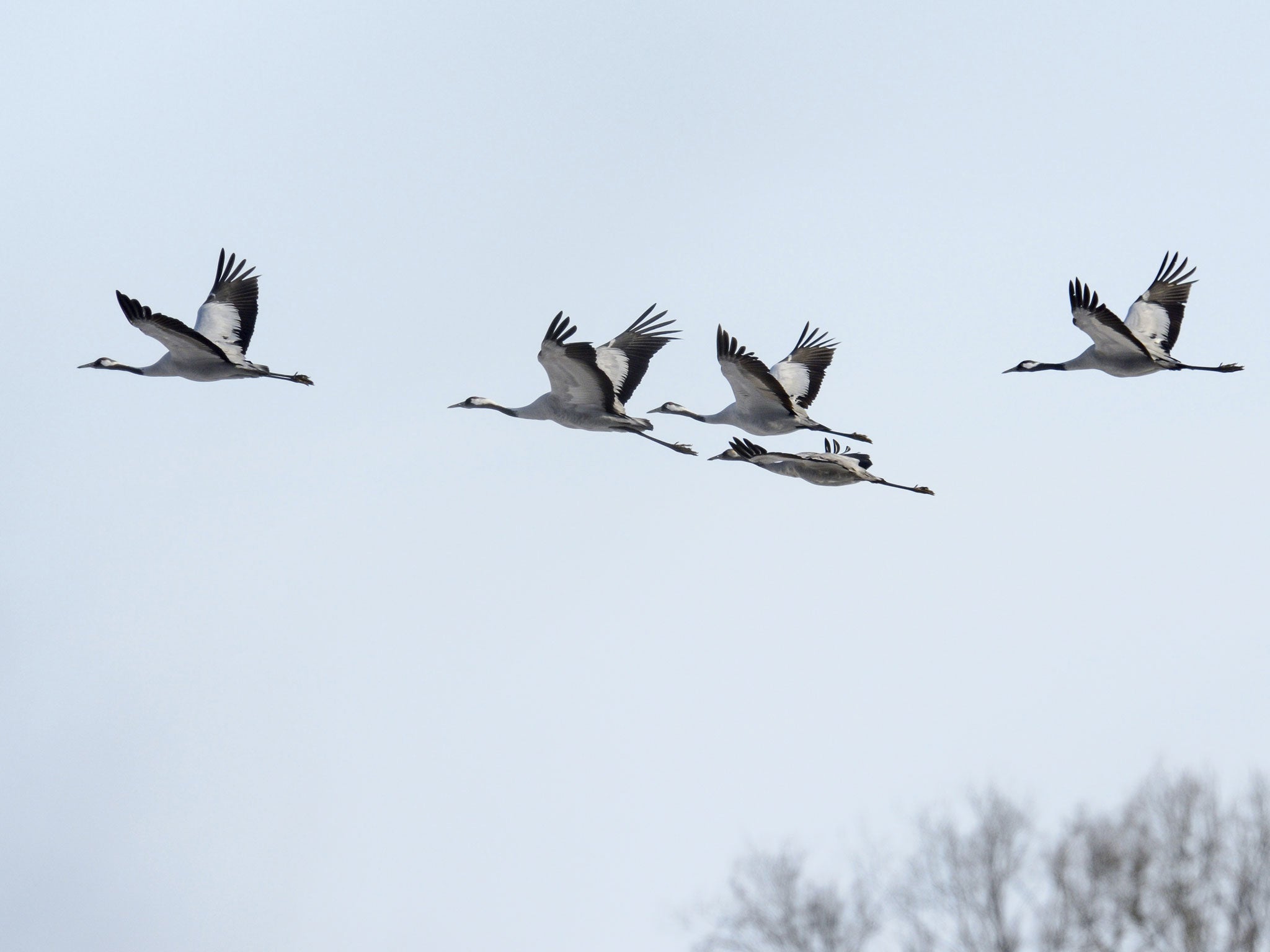Birds observe speed limits on the roads even if motorists choose to ignore them
Scientists admitted breaking the law to carry out the study in western France

Your support helps us to tell the story
From reproductive rights to climate change to Big Tech, The Independent is on the ground when the story is developing. Whether it's investigating the financials of Elon Musk's pro-Trump PAC or producing our latest documentary, 'The A Word', which shines a light on the American women fighting for reproductive rights, we know how important it is to parse out the facts from the messaging.
At such a critical moment in US history, we need reporters on the ground. Your donation allows us to keep sending journalists to speak to both sides of the story.
The Independent is trusted by Americans across the entire political spectrum. And unlike many other quality news outlets, we choose not to lock Americans out of our reporting and analysis with paywalls. We believe quality journalism should be available to everyone, paid for by those who can afford it.
Your support makes all the difference.Birds observe speed limits on the roads even if motorists choose to ignore them, a study has found.
On roads with higher speed limits, birds are quicker to take to the air to avoid on-coming traffic, but where limits are lower, they wait longer.
The behaviour is related to speed restrictions and not the result of birds assessing the speed of approaching vehicles, researchers found.
Scientists admitted breaking speed limits to carry out the study in western France.
Motoring through the French countryside in a white Peugeot hatchback, they recorded the activity of birds standing on or at the edges of roads with speed limits of 20, 50, 90 and 110 kph.
The car was driven at, under or over the speed limit and a timer used to calculate "flight initiation distance" (FID) - the closest distance the car came before the birds flew out of danger.
A total of 134 FIDs were measured for 21 species. The researchers, led by Pierre Legagneux, from Laval University in Canada, wrote in the Royal Society journal Biology Letters: "Birds had significantly higher FID on road sections with higher speed limits.
"By contrast, car speed had no significant effect on FID, both when considering absolute car speed or the difference between car speed and speed limit."
Reacting to speed limits on roads is the result of birds adapting to what they consider a "habitat characteristic", the scientists suggest.
"As road traffic directly causes mortality in birds, we expect birds to respond to road traffic in a similar way as they would respond to predation," said the researchers.
"As road mortality probably increases with speed limits we would expect individuals to adjust their anti-predator behaviour to vehicle speed and/or to the speed limit. Species with longer FID are known to have smaller risk of getting killed by cars, suggesting that adjusting FID might be an adaptive way to respond to road traffic."
They added: "Our results show that birds change their FID according to speed limit rather than car speed. This strongly suggests that birds are able to associate road sections withspeed limits as a way to assess collision risk."
Three species, the carrion crow Corvus corone, the house sparrow Passer domesticus, and the blackbird Turdus merula, accounted for more than half the study data.
FID increased with body mass, with smaller, more agile species waiting longer before taking flight.
Birds standing in the middle of the road were more cautious than those at the edges and had greater FIDs.
The study did not address bird behaviour on pelican crossings.
PA
Join our commenting forum
Join thought-provoking conversations, follow other Independent readers and see their replies
Comments